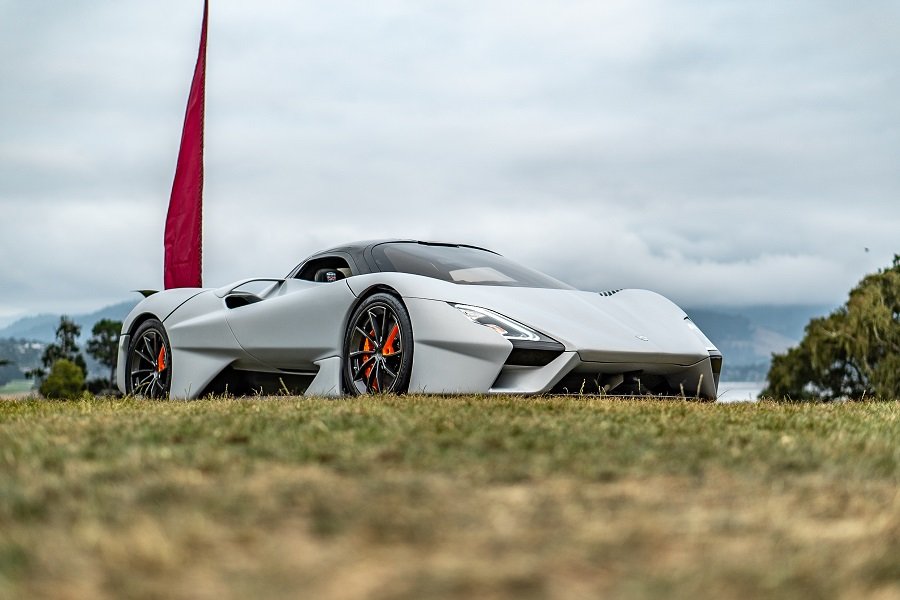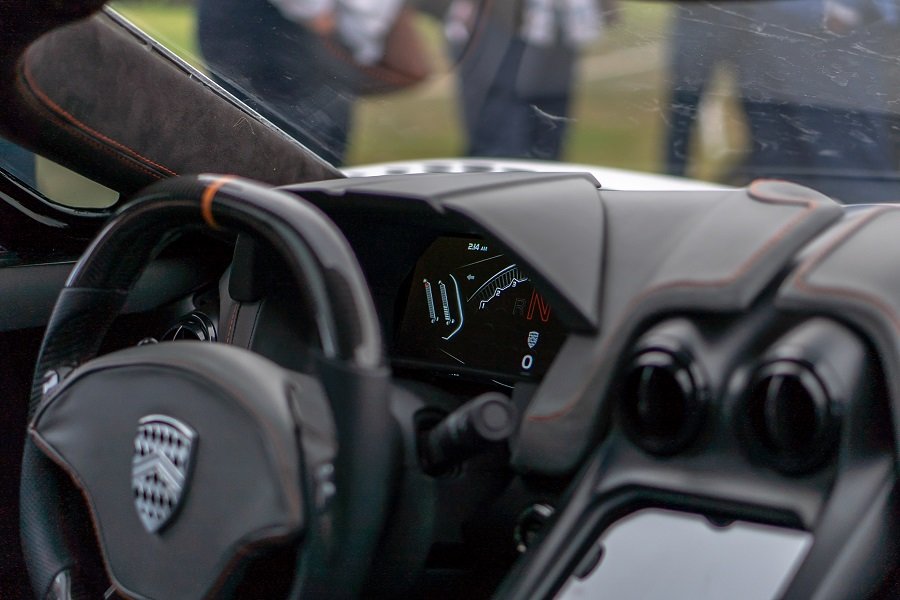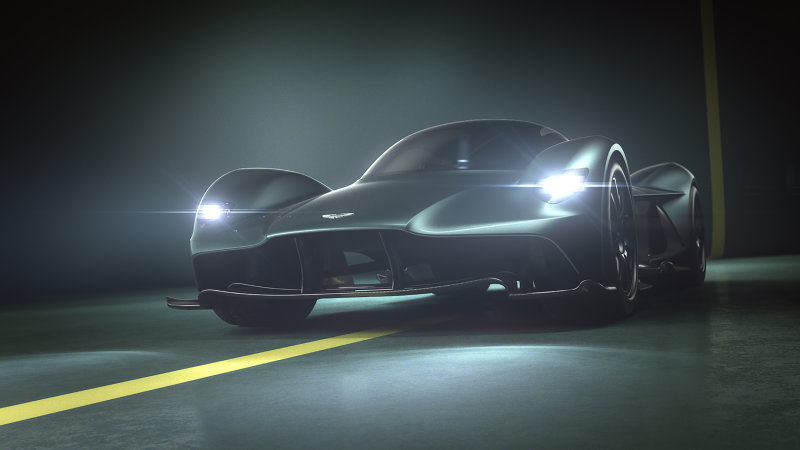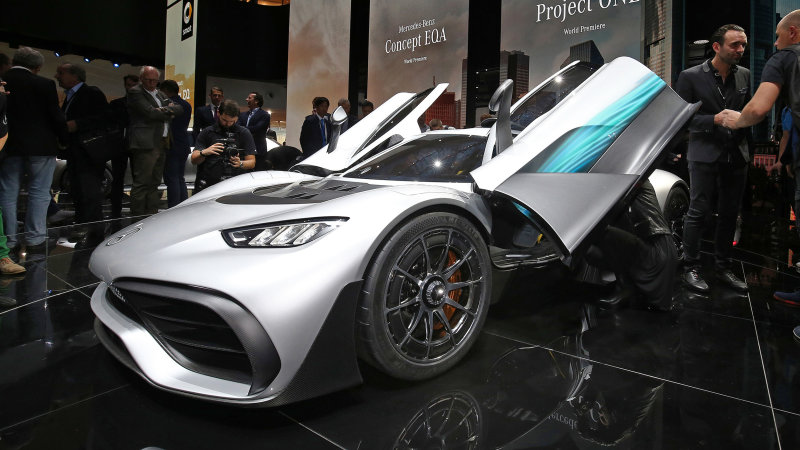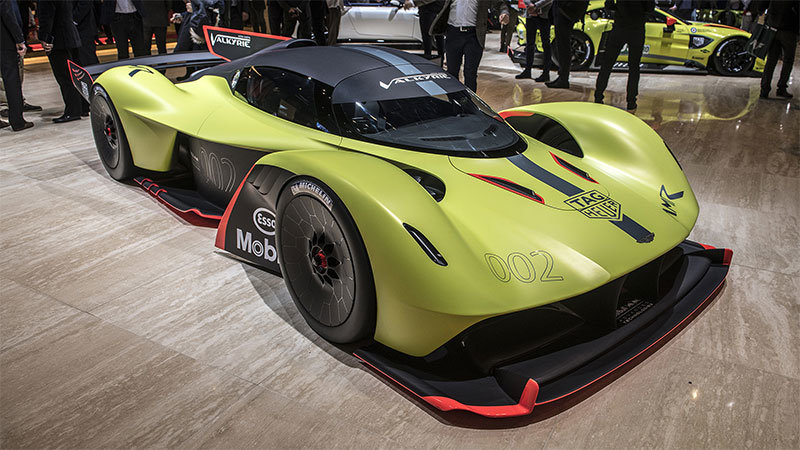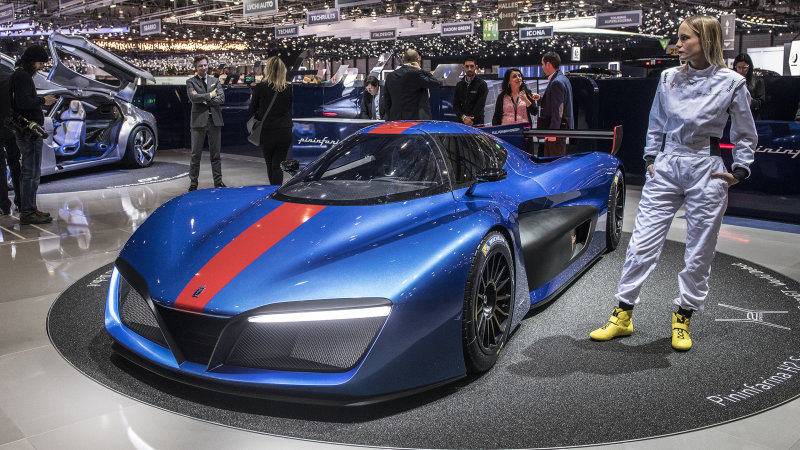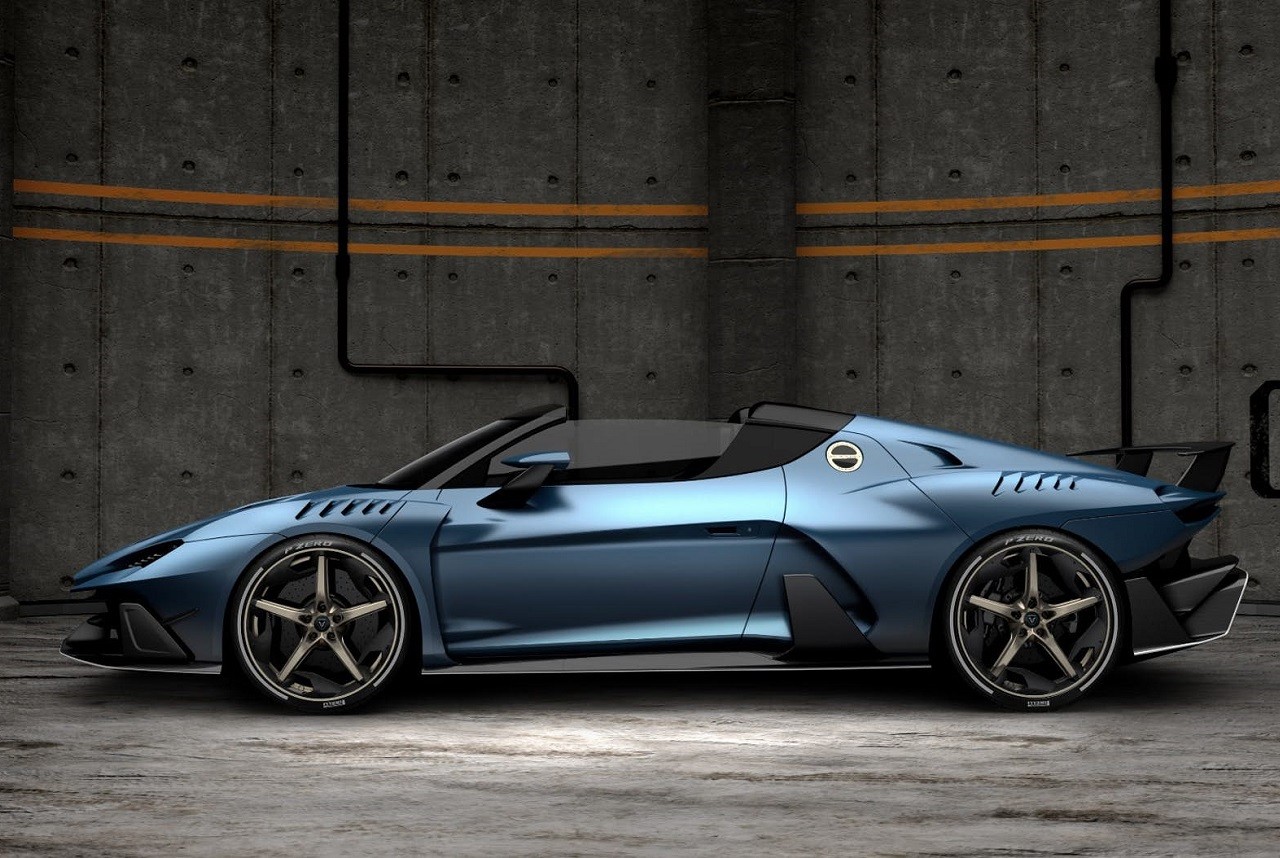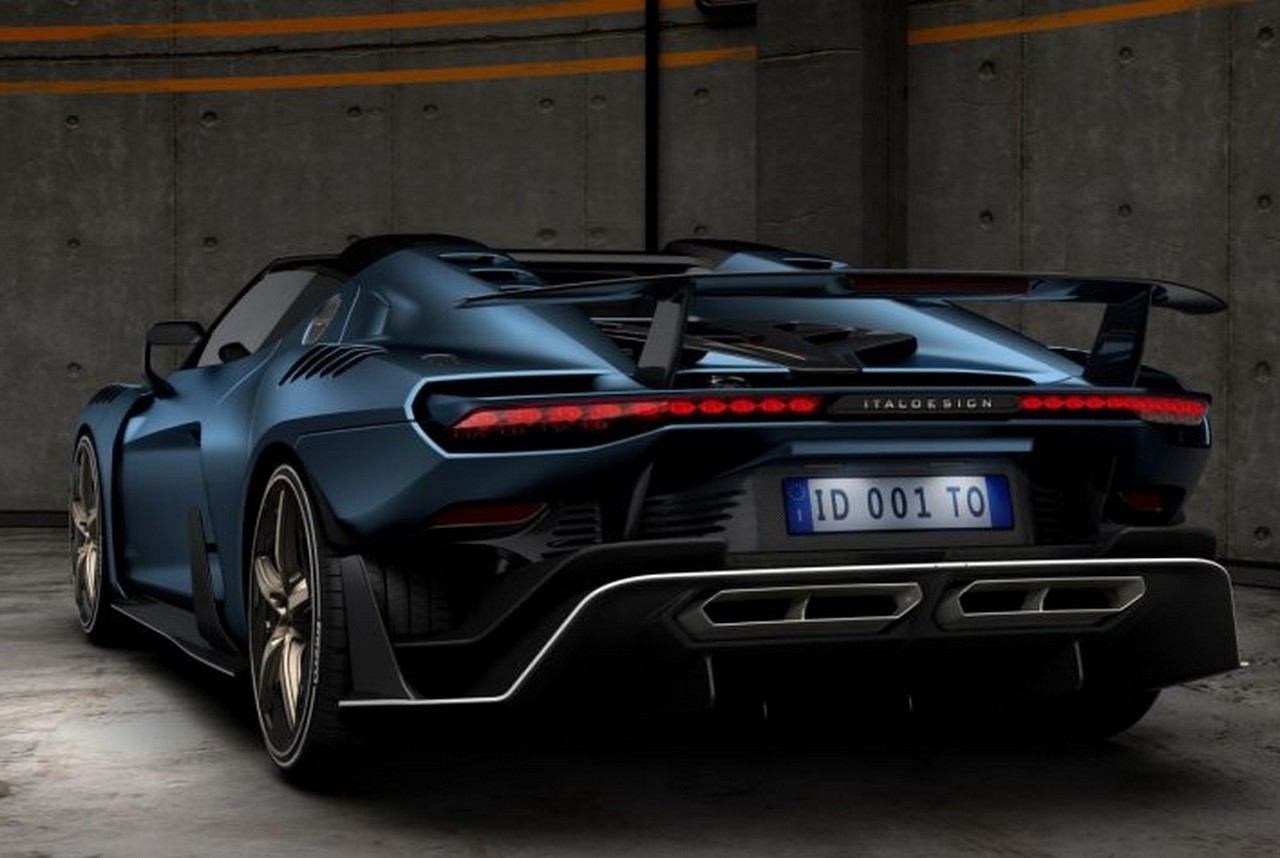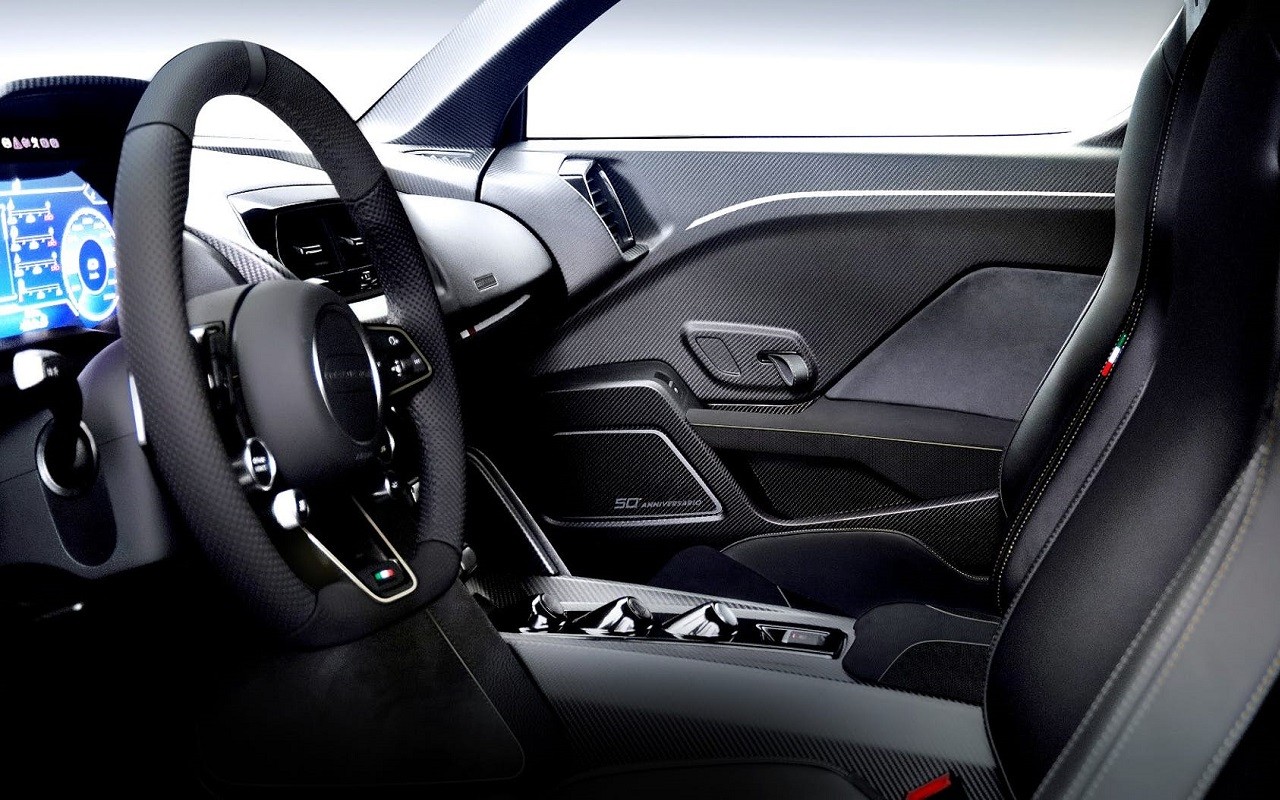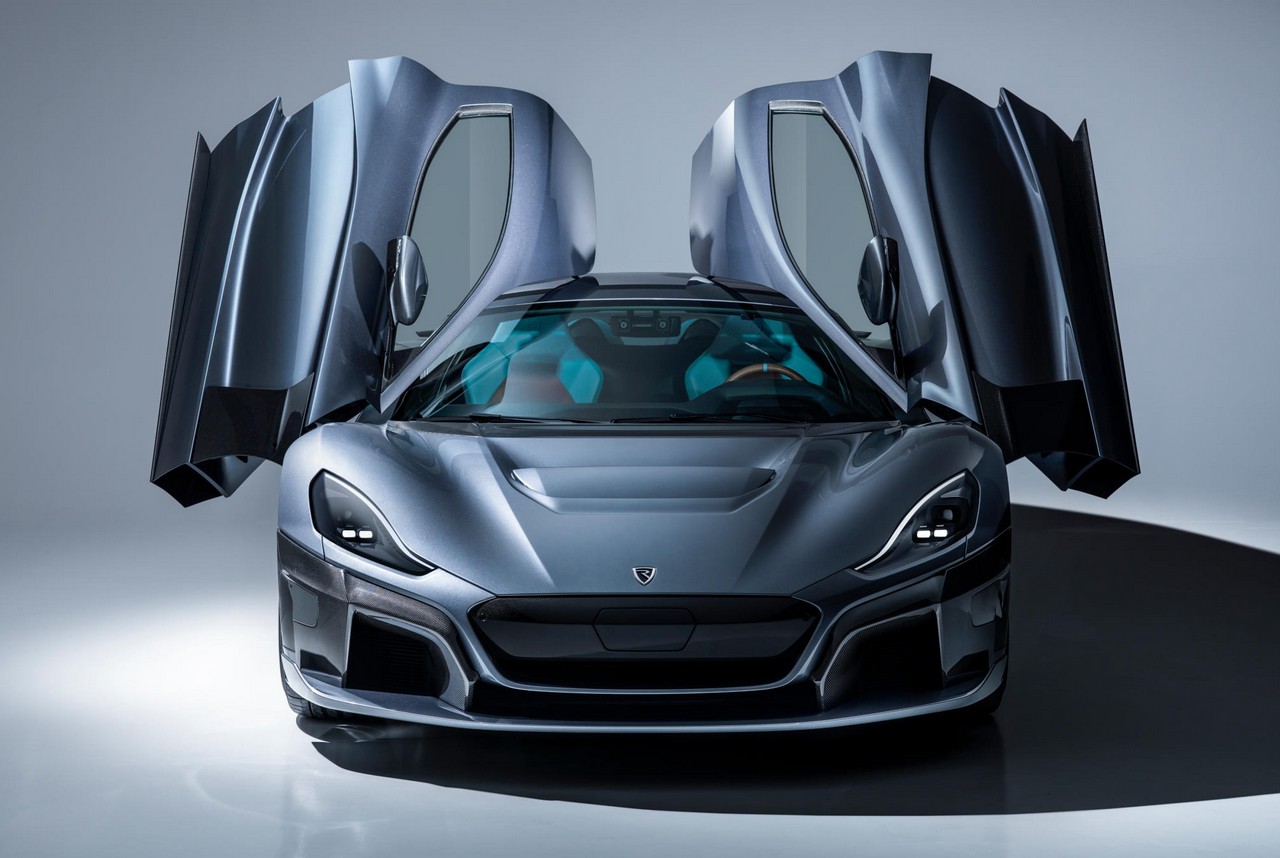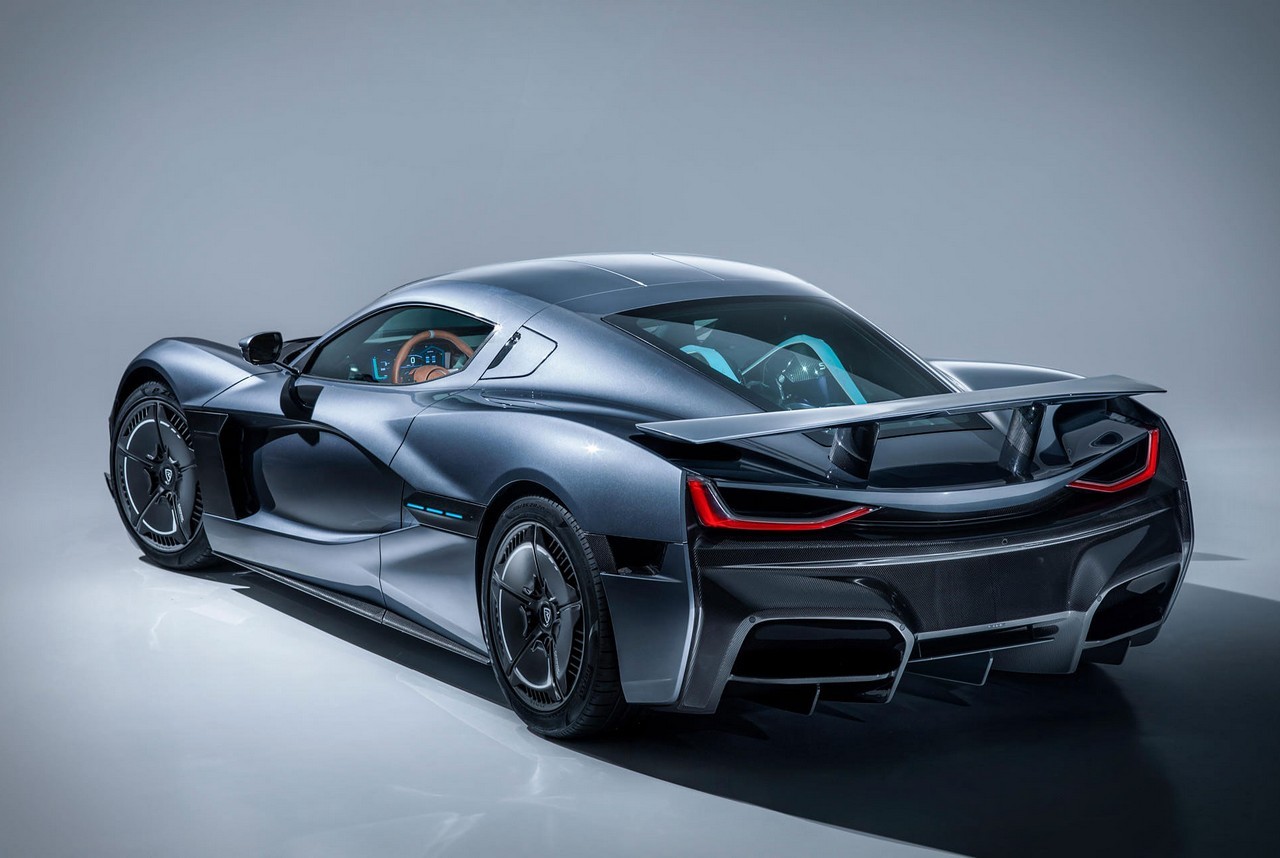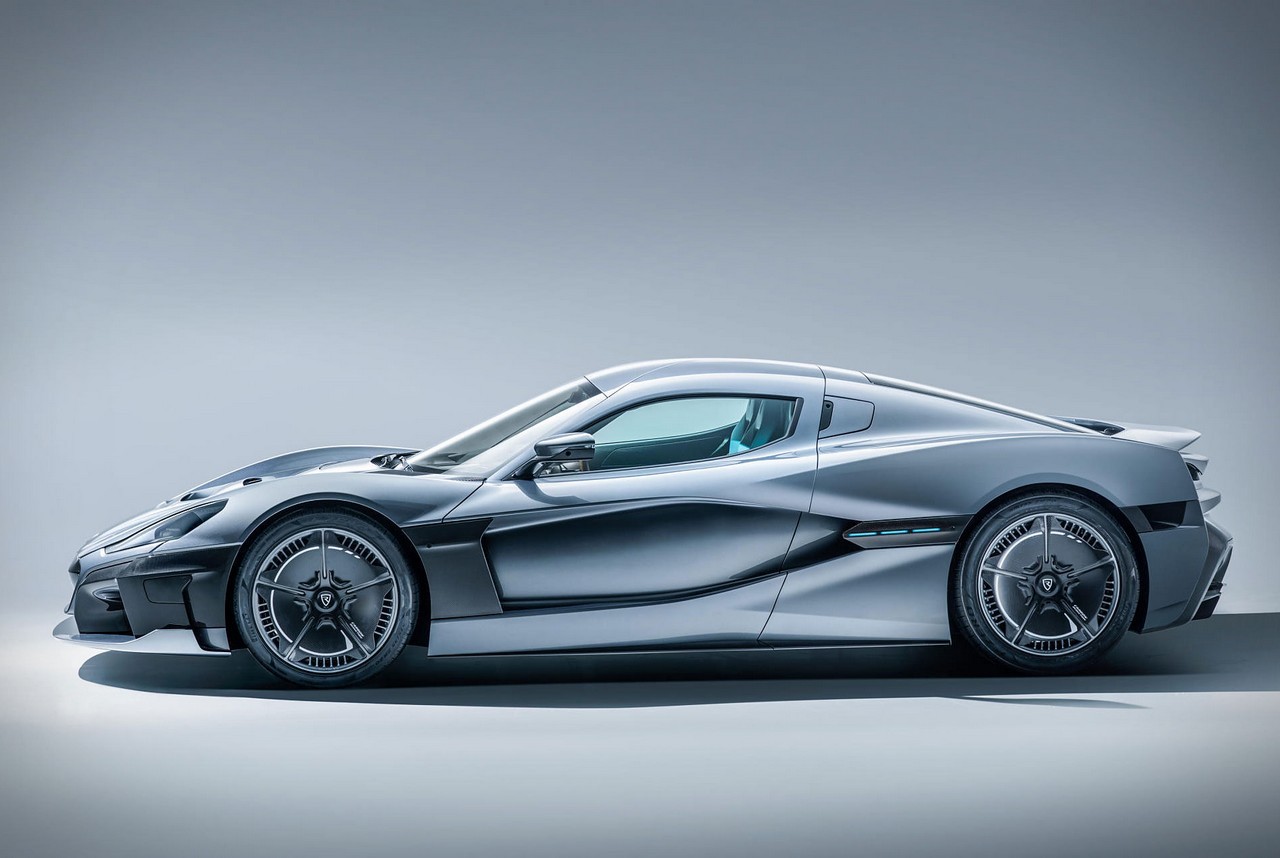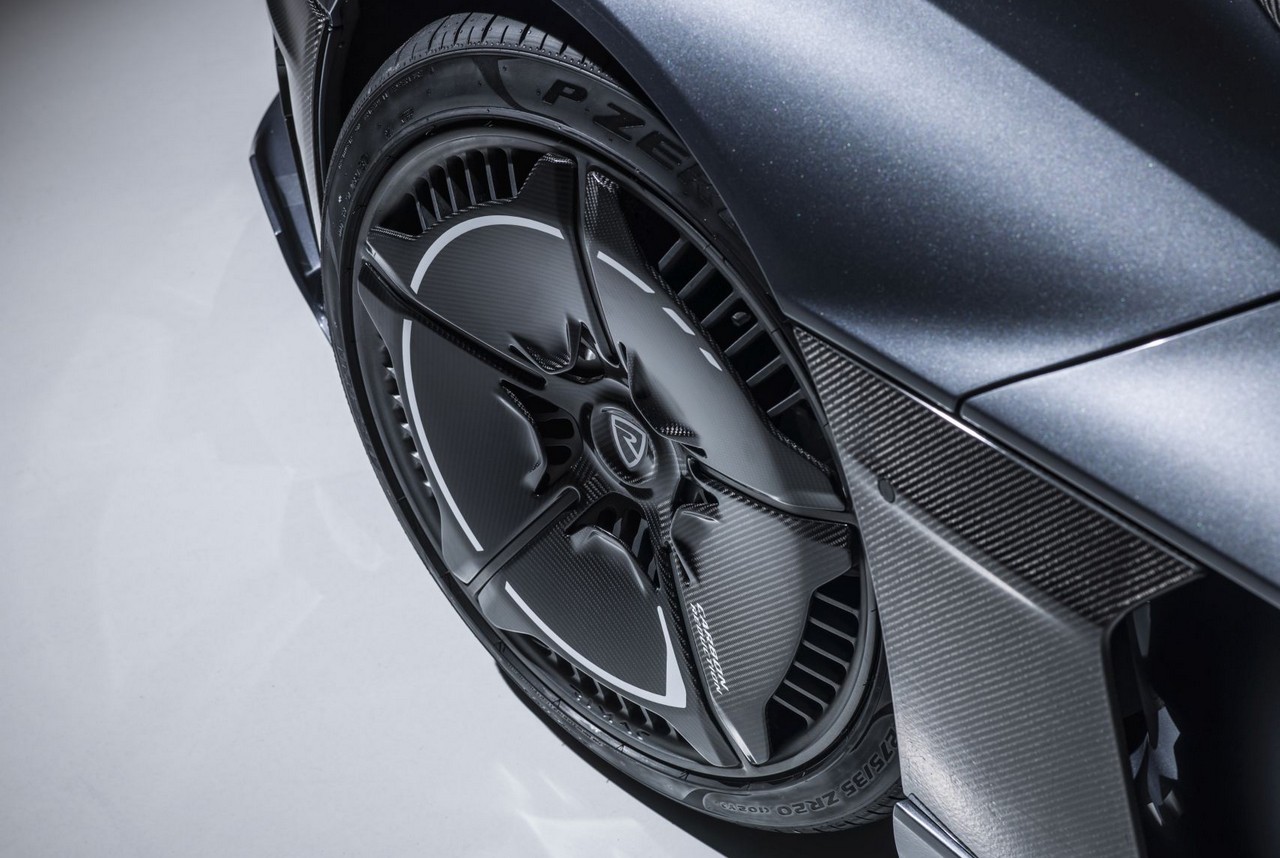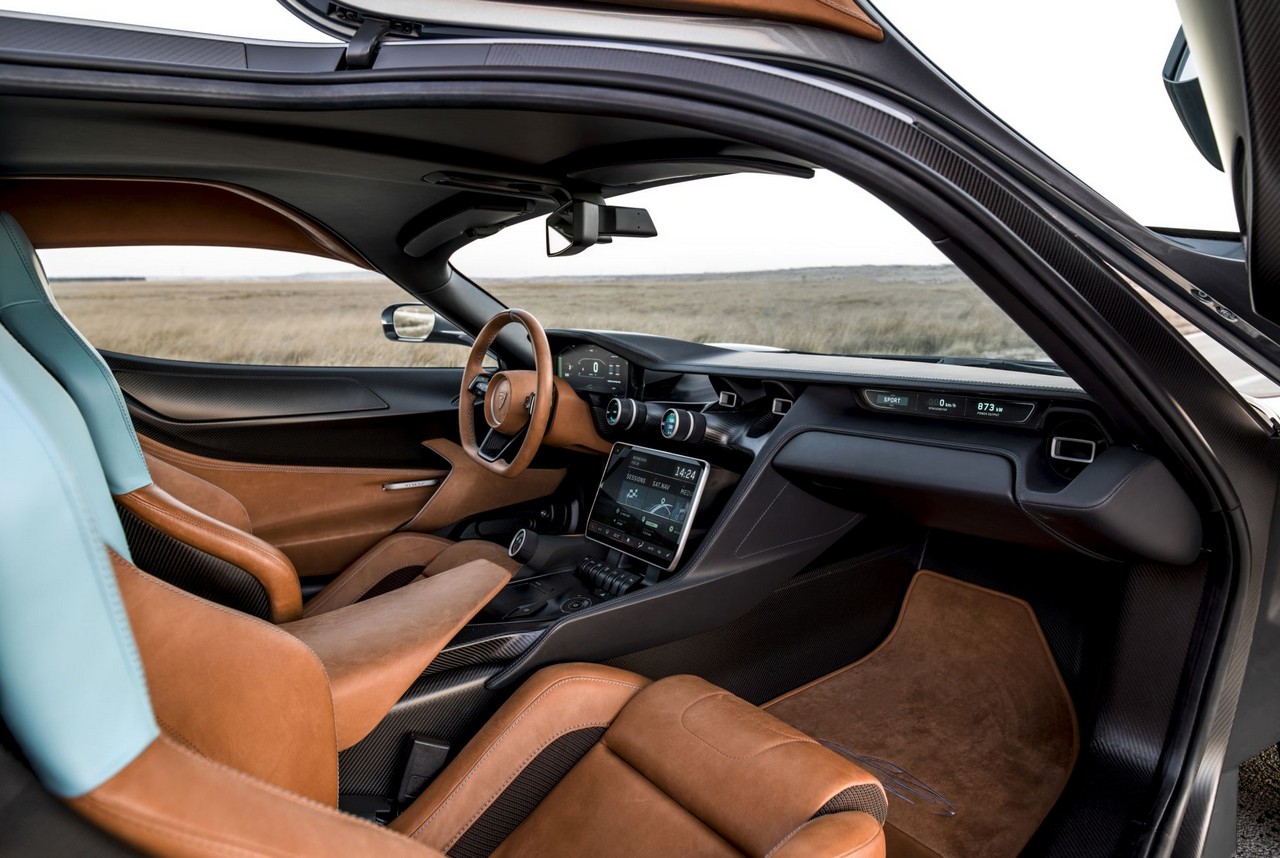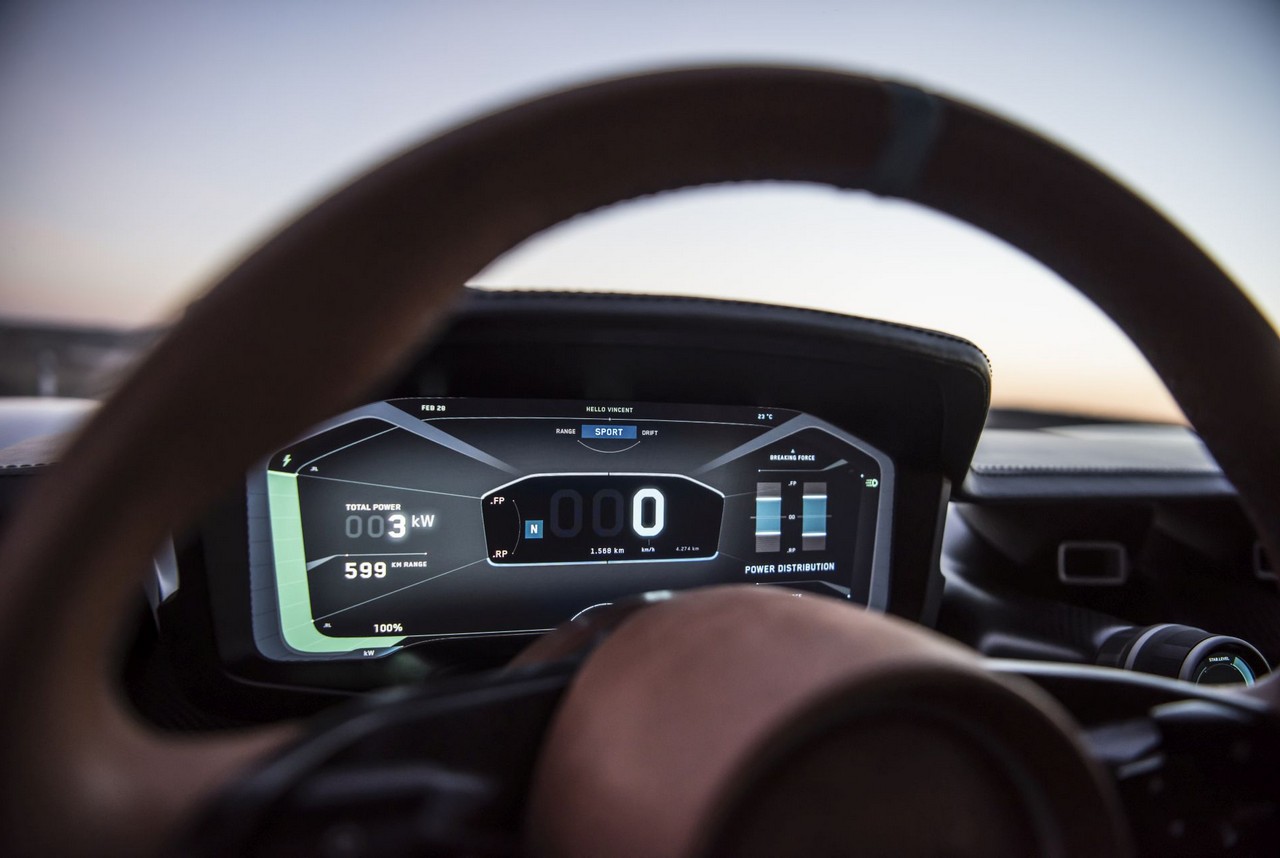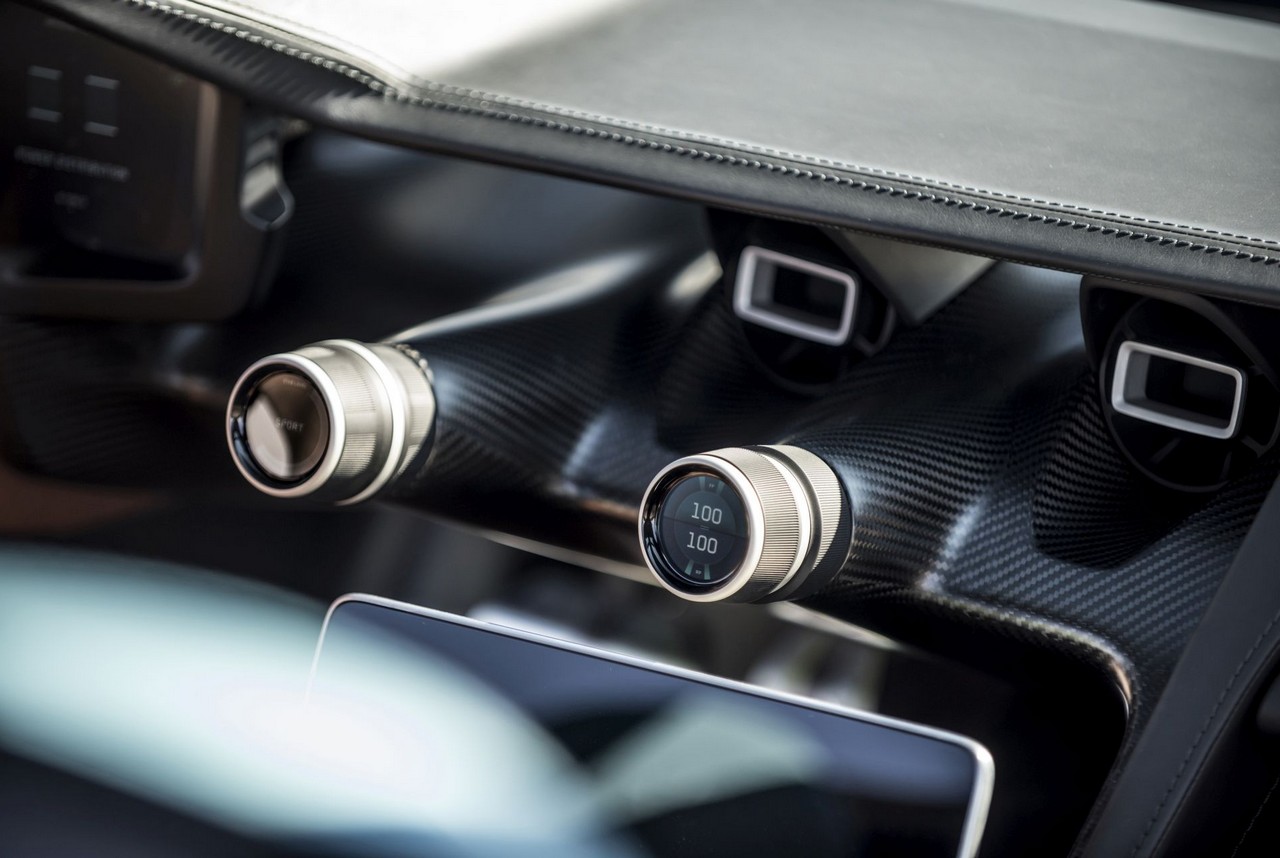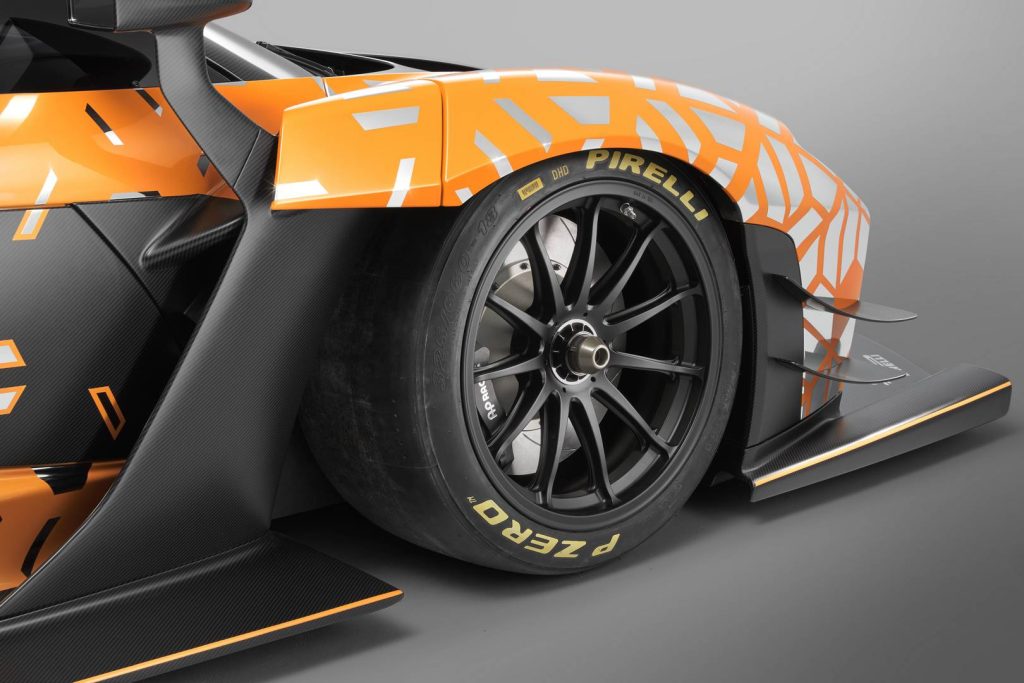Introduction
What happens when quite possibly the world’s greatest supercar and hypercar maker sets out to create its greatest model ever?
The Ferrari LaFerrari – that’s what.
Described at launch by company president Luca Di Montezemolo as “the maximum expression of what defines our company,” the LaFerrari was revealed at the 2013 Geneva Motor Show.
Limited to just 499 examples (although since an additional 210 Aperta open-top LaFerraris have been produced), the LaFerrari featured a Formula-One derived HY-KERS system – an electric motor teamed to a 6.3-litre V12. Some would shirk at the concept of a hybrid Ferrari, but while enhanced efficiency is a by-product of the LaFerrari’s powertrain, this was by no means Ferrari’s motivation with the system.
Following in the footsteps of legendary Ferrari halo cars as the 288 GTO, the F40, F50 and Enzo, the LaFerrari had its work cut out from the start. Add to that competition – yes, at this insane level of performance and prestige – from Porsche and McLaren with their hybrid hypercars, the 918 and P1, and this ultimate Ferrari model had a lot to deliver in order to stand out.
Design, Styling & Interior
The overall shape of the LaFerrari – inside and out – is dictated mainly by the car’s carbon fibre tub chassis. Up front, surfaces are kept to a minimum and what is there is minimised to aid aerodynamics, with every strafe and slice in the car’s bodywork having been optimised in the F1 Wind Tunnel. Ferrari sought to produce a shape with the highest degree its efforts have granted the hypercar with a drag coefficient of just 3.
Underneath the car, active aerodynamic features including diffusers and a guide vane team up with the rear spoiler to generate downforce, gluing the LaFerrari to the road or track. These active features are automatically controlled by the car’s computer brain, which analyses various parameters to adjust the systems to work optimally to the conditions.
Inside the LaFerrari, carbon fibre detailing dominates, with the two seats bolted directly to the tub. A bulky squared-off steering wheel greets the driver, with Formula-One inspired LEDs to indicate when to change gear and Ferrari’s now-familiar Mannetino drive mode selector nestled among the various controls on the wheel.
An in-house design team headed up by Flavio Manzoni handled styling for the Ferrari LaFerrari. Inspiration was gathered from the engineering team to ensure a form that reflected the functional elements of the car, as well as taking inspiration from various Ferrari racecars from over the years.
Performance
LaFerrari’s 6.3-litre V12 hybrid power plant produces 950hp (788hp at 6750rpm from the V12 and 160hp courtesy of the electric motor, which delivers the power to the differential). The car’s dry weight is a meagre 1255kg, and on a charge 0-60 is dispatched in under three seconds. Top speed is rated by Ferrari as somewhere north of 217mph.
Figures only tell a part of the story with this car, with the sensations and usability involved in that performance having been prioritised by Ferrari during the car’s development. Despite its obvious track potential the LaFerrari is reputedly fairly comfortable and compliant on the road. Ambling about town, the car’s double clutch automatic gearbox takes the onus of shifting away from the driver, while a surprisingly supple ride cossets the driver, despite the perceived harshness often brought on in vehicles fitted with carbon fibre tubs.
Get it to a track, however, and the LaFerrari will do its thing better than almost any other road car on the planet. Those who questioned the addition of the hybrid powertrain may be surprised to find out its fitment is mainly to help out on the racetrack – with lowered emissions just a byproduct of that.
The HY-KERS system ensures on-demand torque across the rev range, improving throttle response for the driver and making chasing that 9250rpm redline even more addictive.
Ride & Handling
Performance and track capability are almost a given in a car of this caliber, and those the LaFerrari has in cartfuls. Its really surprising party piece are its manners on the road.
Ferrari wanted the car to be usable on the road and its automatic gearbox is sedate and easy to live with around town as these systems go, according to reviews of this scarlet missile.
Visibility is good around the front three-quarters, while the ride quality is as good as you can expect in a hypercar with seats bolted directly to a super-stiff carbon fibre chassis.
Take things up a notch and the LaFerrari provides an involving experience, with the active aero and stability control system working in tandem to flatter the driver. Steering response is smooth and communicative; giving an enjoyable response on the road that also translates well to track driving. Many of the videos we have brought together include footage of LaFerraris in acrobatic tail slides, which the system allows to flourish – to a point.
On track, the LaFerrari impresses further with the full fury of the V12 and HY-KERS systems available to be exploited in a chassis that is more than up to the task. Gearshifts are reputedly so quick as to almost be seamless, and the balance of the package allows the car to simply erupt along straights and flow through corners.
Prices & Specs
If you’re looking for a LaFerrari, it will have to be used as the limited run of 499 hardtops and 210 Aperta open-tops all sold out, despite an initial asking price of around $1,420,000 for the coupe and no official price confirmed for the convertible.
Thanks to the exclusivity of this “ultimate Ferrari” prices have quickly skyrocketed to hilarious levels on the auction circuit, so if considering one then deep pockets and a chequebook long enough to fit at least six zeroes and a digit or two in front are a must.
Ferrari auctioned off the final “new” examples of the Aperta and coupe LaFerrari to benefit charity. The final coupe (car number 500) went for $7 million, in aid of reconstruction in Italy following 2016’s earthquakes.
More recently, the last of the run (210th) Aperta convertible broke records when it went under the hammer at RM Sotheby’s, fetching almost $10 million, with the proceeds of the sale going to Save the Children.
Ferrari LaFerrari Performance & Specs >
< Back To The Beginning

